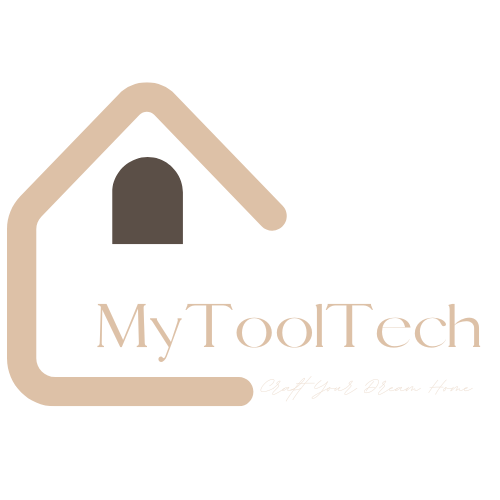Embarking on your DIY journey is both exciting and rewarding.
Whether you’re fixing things around the house, creating custom furniture, or indulging in crafting projects, having the right tools is crucial.
Here’s an in-depth look at the best tools for DIY enthusiasts, along with valuable tips to help you make the best decisions.
11 Essential Tools for DIY Enthusiasts
1. Cordless Drill/Driver
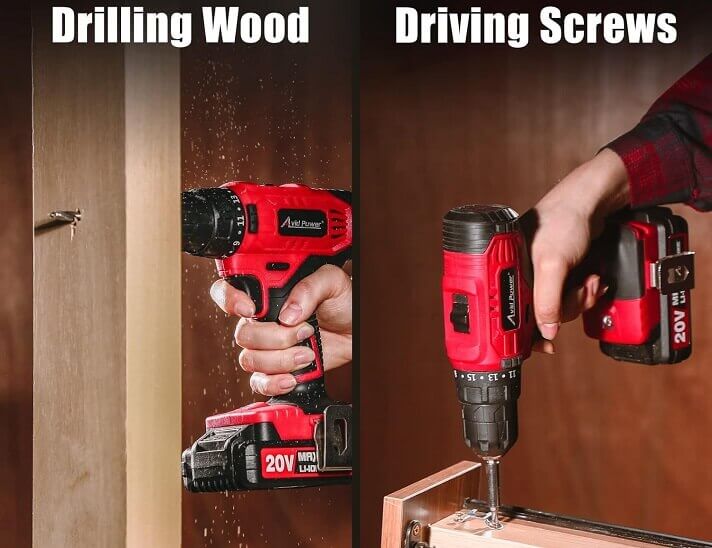
Why You Need It: A cordless drill is arguably the most versatile tool in your arsenal. It’s indispensable for drilling holes and driving screws, tasks you’ll encounter in nearly every DIY project.
What to Look For:
- Power and Battery Life: Choose a drill with a lithium-ion battery for longer run time and faster charging.
- Adjustable Speed and Torque Settings: These features give you control over the drill’s power, making it suitable for various materials.
- Ergonomics: A comfortable grip and balanced weight make extended use easier.
Pro Tip: Start with a basic set of drill bits and screwdriver bits. As you gain experience, you can expand your collection based on specific project needs.
2. Tape Measure
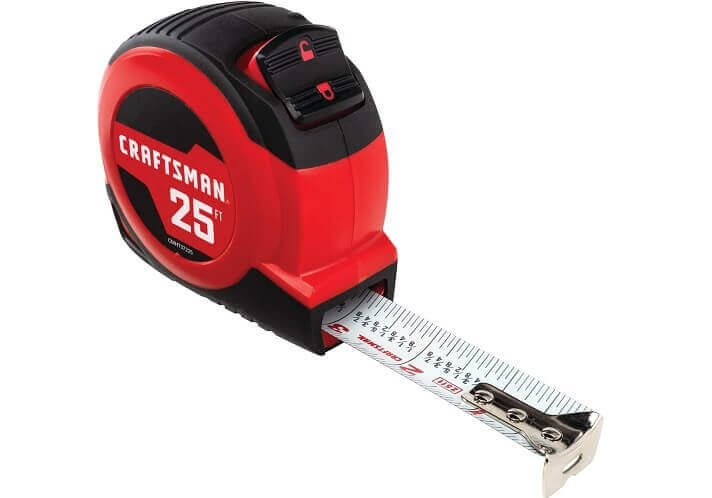
Why You Need It: Precise measurements are the foundation of any successful DIY project, whether you’re cutting lumber or hanging artwork.
What to Look For:
- Length: A 25-foot tape measure is versatile for most home projects.
- Locking Mechanism: Ensures measurements stay in place.
- Durability: A strong, flexible tape with a sturdy housing will last longer.
Pro Tip: Invest in a tape measure with both metric and imperial measurements to cover all your bases.
3. Circular Saw
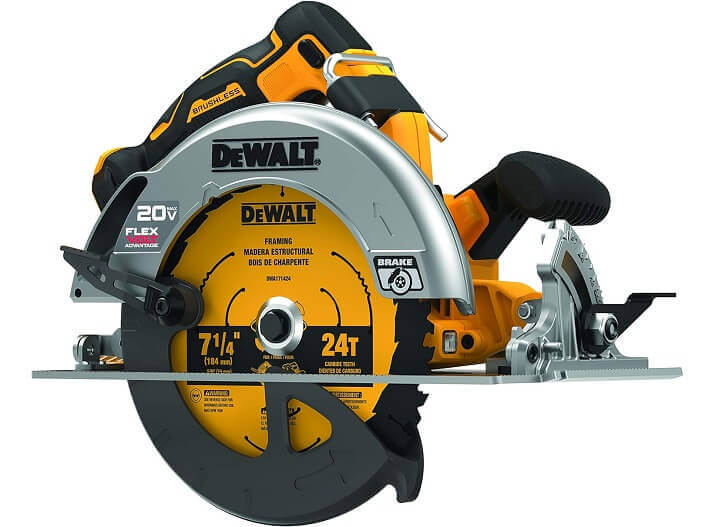
Why You Need It: For cutting large pieces of wood or plywood, a circular saw is essential. It’s perfect for straight cuts, crosscuts, and rip cuts.
What to Look For:
- Blade Size: Most circular saws use a 7-1/4 inch blade, which is suitable for a wide range of cuts.
- Power: A motor with at least 15 amps will handle most cutting tasks efficiently.
- Safety Features: Look for models with blade guards and electric brakes.
Pro Tip: Start with a general-purpose blade, then add specialized blades for finer woodworking or cutting other materials.
4. Hammer

Why You Need It: A hammer is a fundamental tool for driving nails, removing nails, and other general construction tasks.
But if you primarily want to work with woodworking projects involving the hammering of nails, then you might also want to consider buying a nail gun.
What to Look For:
- Weight and Balance: A 16-ounce hammer is a good starting point, offering a balance of power and control.
- Grip: A comfortable, non-slip handle reduces fatigue and increases safety.
Pro Tip: Consider a hammer with a magnetic nail holder for easy one-handed starting.
5. Level
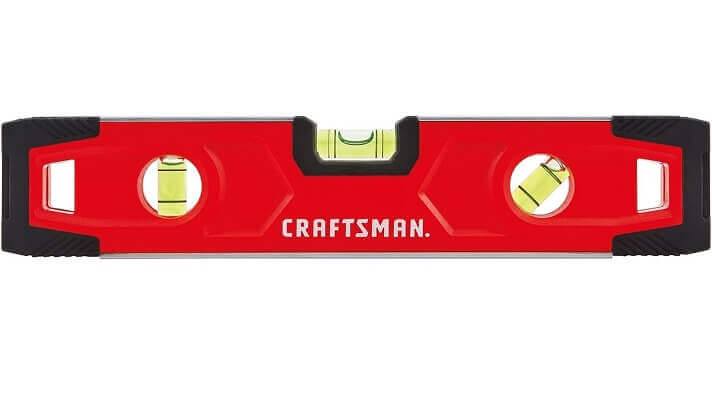
Why You Need It: A level ensures that your projects are straight and true, which is essential for everything from hanging pictures to building shelves.
What to Look For:
- Length: A 24-inch level is versatile for most tasks.
- Vials: Look for easy-to-read, high-contrast vials.
- Material: Aluminum levels are lightweight and durable.
Pro Tip: For added versatility, consider a level with a built-in ruler or one that includes both horizontal and vertical vials.
6. Utility Knife
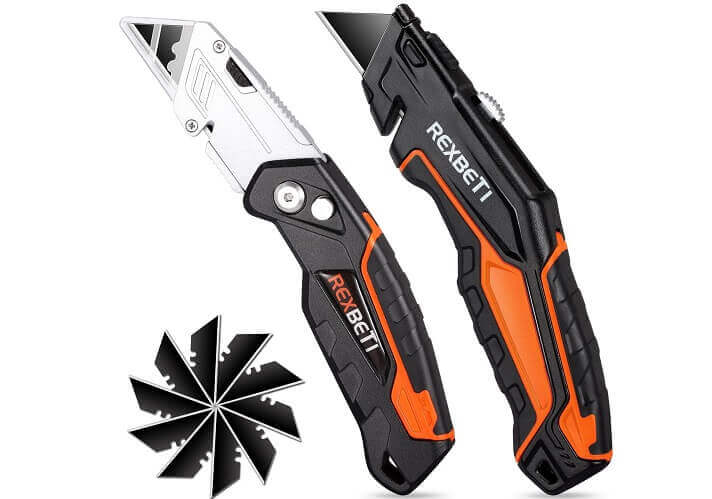
Why You Need It: A utility knife is perfect for cutting a wide variety of materials, from cardboard to drywall.
What to Look For:
- Blade Change Mechanism: Quick-change blades save time and hassle.
- Ergonomics: A comfortable, secure grip reduces the risk of accidents.
- Blade Storage: Some models have built-in blade storage for convenience.
Pro Tip: Always keep extra blades on hand. Dull blades are more dangerous than sharp ones because they require more force to cut.
7. Set of Screwdrivers

Why You Need It: Screwdrivers are essential for assembling furniture, fixing appliances, and a myriad of other tasks.
What to Look For:
- Variety: A set with multiple sizes and types (flathead, Phillips, Torx) covers most needs.
- Magnetic Tips: Help hold screws in place.
- Comfort: Ergonomic handles make prolonged use more comfortable.
Pro Tip: Consider an interchangeable bit screwdriver set for compact storage and versatility.
8. Pliers

Why You Need It: Pliers are essential for gripping, bending, and cutting wires and other materials.
What to Look For:
- Types: Start with a basic set including needle-nose pliers, slip-joint pliers, and cutting pliers.
- Quality: High-quality, durable materials ensure longevity.
- Comfort: Cushioned grips improve comfort and control.
Pro Tip: Needle-nose pliers are particularly useful for electrical work and reaching into tight spaces.
9. Safety Gear
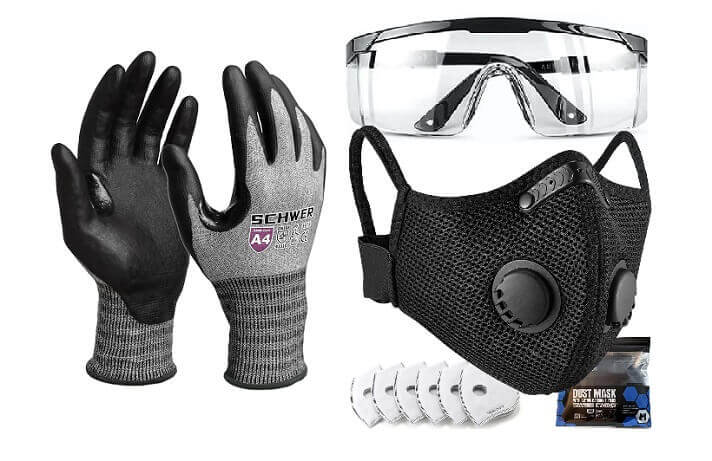
Why You Need It: Protecting yourself is crucial. Safety gear reduces the risk of injury during projects.
Apart from cuts and nibs, you also need to consider the safety of your ears, lungs, and eyes.
What to Look For:
- Safety Glasses: Choose shatterproof, comfortable glasses.
- Ear Protection: Earmuffs or earplugs protect against loud noises.
- Gloves: Durable, well-fitting gloves protect your hands.
- Dust Mask/Respirator: Essential for projects involving dust, fumes, or chemicals.
Pro Tip: Always wear appropriate safety gear, even for seemingly minor tasks. It’s better to be over-prepared than injured.
10. Work Light
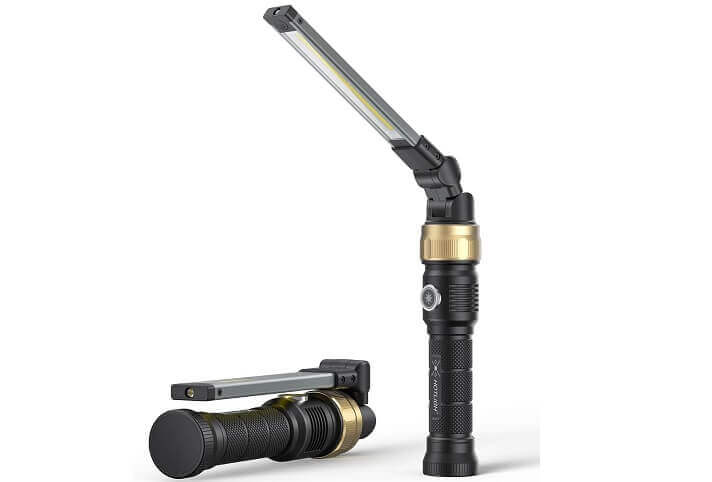
Why You Need It: Adequate lighting is essential for precision and safety, especially in dimly lit areas.
While it is not an essential tool, but if you are someone like me who tends to DIY projects after finishing the day’s work, then you must invest in a good work light to keep your work area well lit.
Working in dim light for prolonged hours can strain your eyes.
What to Look For:
- Brightness: Adjustable brightness settings provide flexibility.
- Portability: A cordless, rechargeable work light offers the most convenience.
- Durability: Rugged, weather-resistant lights are ideal for various conditions.
Pro Tip: Consider lights with hooks or magnetic bases for hands-free use.
11. Toolbox or Tool Bag
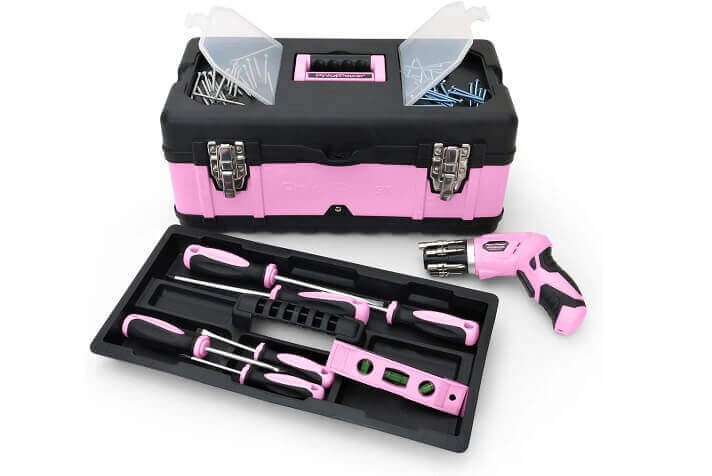
Why You Need It: Keeping your tools organized and easily accessible is essential for efficiency.
What to Look For:
- Size and Compartments: Choose a toolbox or bag with ample space and various compartments for different tools.
- Durability: Sturdy construction ensures it can handle the weight of your tools.
- Portability: Comfortable handles or shoulder straps make it easier to carry.
Pro Tip: Regularly clean out and organize your toolbox to keep it efficient and to quickly identify any missing tools.
Final Thoughts
Building a comprehensive toolkit is a smart investment for any DIY enthusiast.
With the best tools for DIY projects, you can tackle a wide range of tasks with confidence and precision.
Start with these essential tools for DIY projects, and as you gain experience, expand your collection based on your specific needs and interests.
